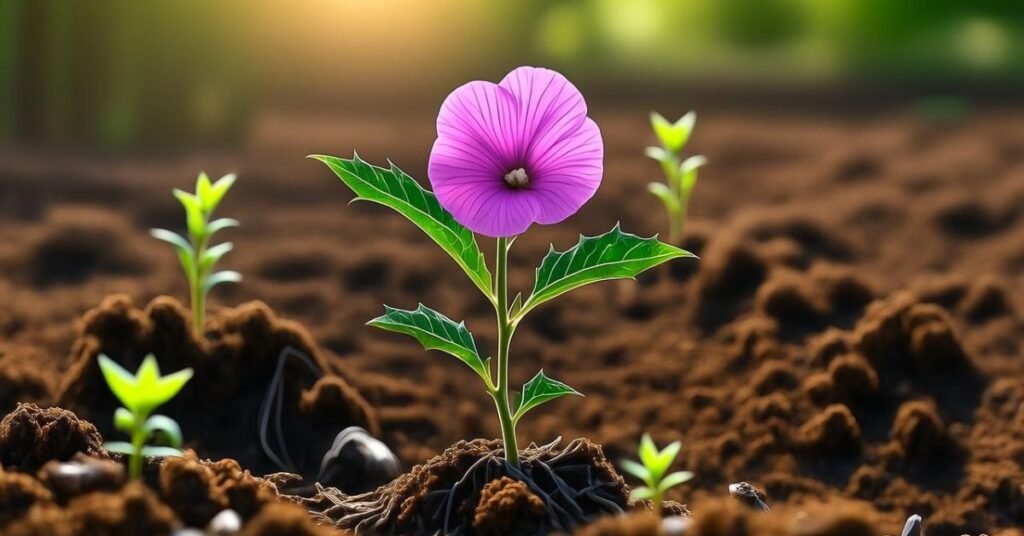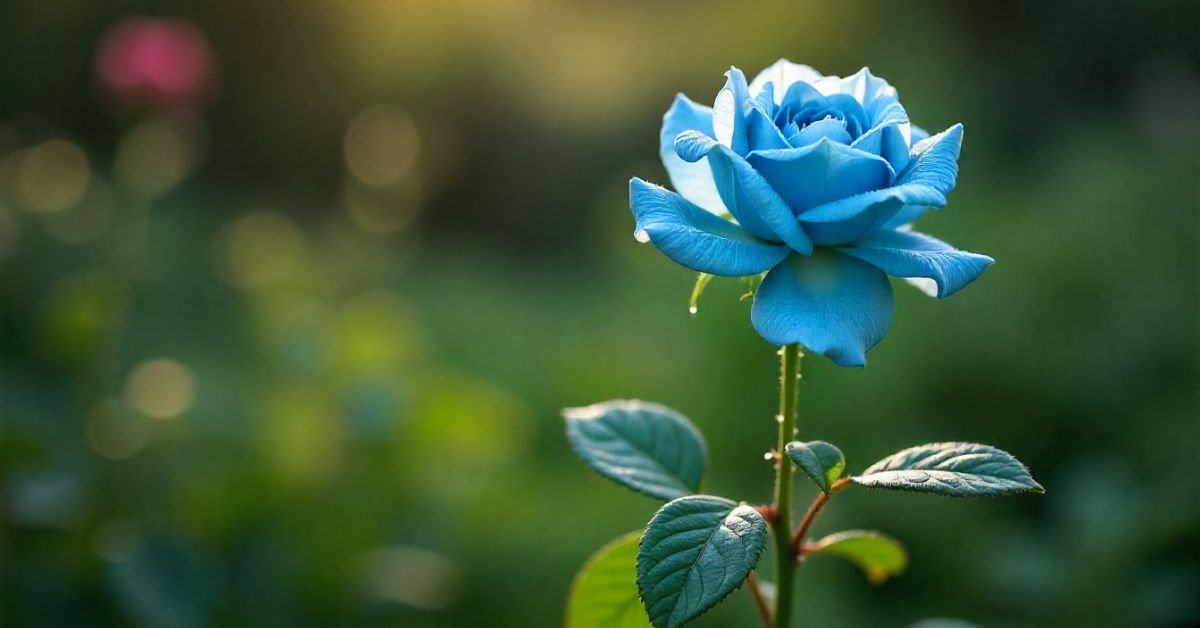Introduction
Blue rose plant flowers that do not occur naturally. They are often created through dyeing or genetic experiments. For many, they symbolize mystery, love, and the impossible. Their beauty lies in their rarity and the fascination they inspire.
Have you ever wondered why people are drawn to the impossible? The blue rose captures that feeling perfectly. It is a flower that sparks curiosity and makes us dream. Its unusual color makes it a timeless symbol of wonder.
Scientists and gardeners have worked hard to create true blue roses. They use modern techniques and selective breeding. While a natural blue rose is still a challenge, the efforts show how science and beauty can blend together.
Origin of Blue Roses
Blue roses do not occur naturally in the wild. For centuries, gardeners tried to create them through crossbreeding but failed. Traditional roses only produced red, pink, or purple shades. The true blue pigment was missing in their genes. As a result, blue roses became symbols of the impossible. Later, florists began dyeing white roses to achieve the color. In modern times, scientists used genetic engineering to create the first bluish rose. This journey shows how human creativity turned a dream into reality.
Science of Blue Roses: Understanding Flower Genetics
The mystery of the blue rose lies in flower genetics. Most flowers get their colors from pigments like anthocyanins, which create red, pink, and purple shades. To achieve blue, a pigment called delphinidin is needed. Roses, however, lack the enzymes to produce it. This missing genetic link explains why true blue roses don’t grow naturally. Even when roses appear bluish, they usually lean more toward lavender or purple tones. Soil and environment may shift shades slightly, but DNA sets the limits. That’s why blue roses remain so rare.
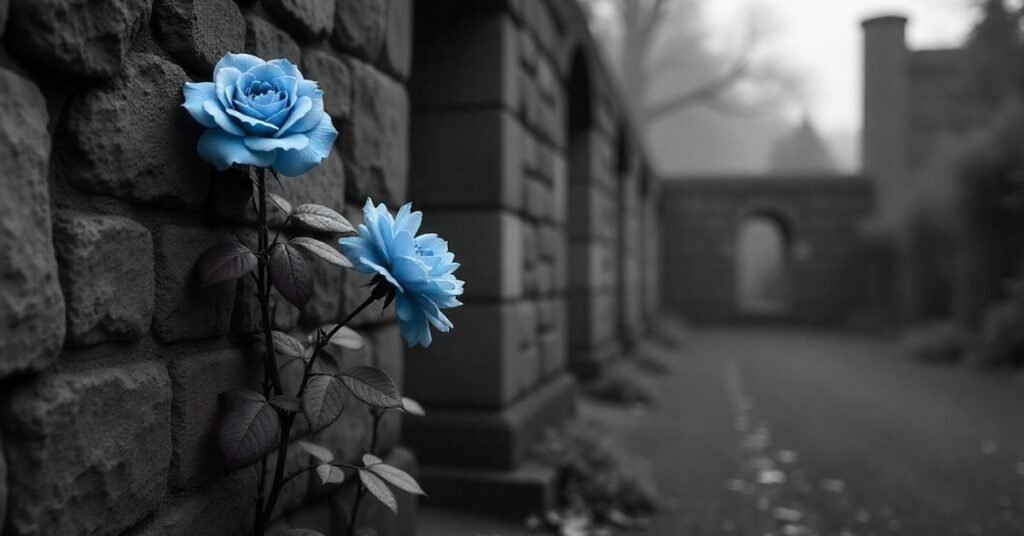
Scientists have worked for decades to change this. Through genetic engineering, researchers have transferred blue pigment genes from plants like pansies into roses. In 2009, the Japanese company Suntory introduced the first genetically modified blue-tinged rose. While not a perfect sky blue, it marked a major breakthrough. This achievement shows how science can blend with nature, turning the once impossible dream of blue roses into reality.
The Evolution of Blue Roses in Horticulture
The journey of blue roses in horticulture is filled with dreams and challenges. For centuries, gardeners tried to create a natural blue rose through crossbreeding. Instead, they only achieved shades of pink, mauve, or purple. The idea of a true blue rose remained a legend. The 19th century brought hybrid tea roses, which expanded color possibilities. Still, the blue shade stayed out of reach. Only with modern science did progress begin. In 2009, Suntory introduced “Applause,” the first genetically modified rose with a bluish tone. It wasn’t pure blue, but it was a historic milestone.
Today, blue roses are closer to reality than ever before. Genetic engineering and hybrid breeding have made them more accessible, though still rare. Their story reflects both scientific achievement and human creativity. Blue roses are no longer just a dream but a symbol of possibility.
- Traditional breeding produced only purple or mauve tones.
- Hybrid tea roses expanded the color range but not true blue.
- Suntory’s “Applause” (2009) was the first blue-tinged GM rose.
- Modern hybrids offer bluish tones for enthusiasts.
- Blue roses now stand as proof of science meeting imagination.
Artificial Coloring: The Quick Fix for Blue Rose Plant
While scientists work on genetic breakthroughs, florists use a simpler method to create blue roses through artificial coloring. White roses are placed in water mixed with blue dye, and the petals gradually absorb the color. Sometimes spray or dipping methods are used for an even finish.
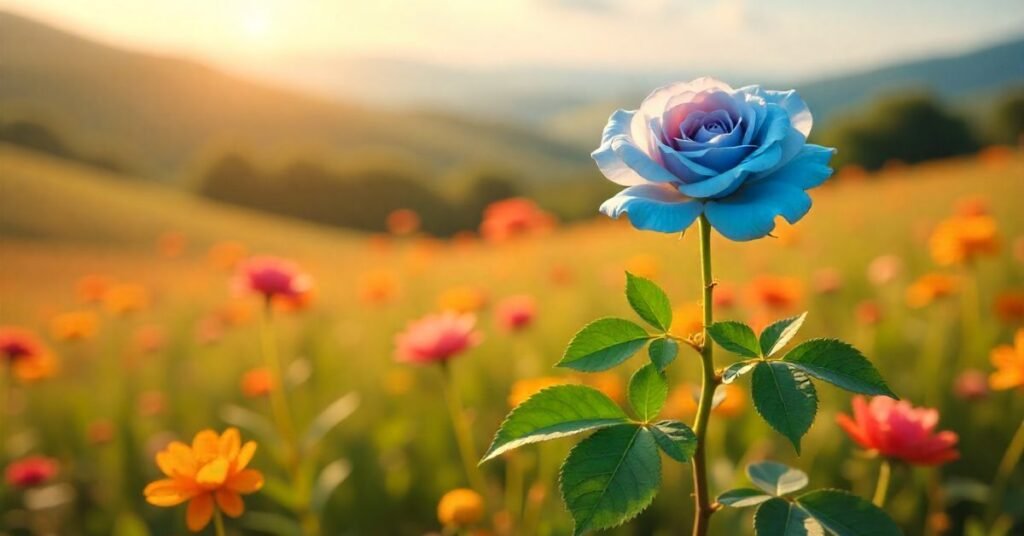
The result is a striking flower that looks natural at first glance. These dyed roses are affordable, widely available, and popular for events like weddings. However, the process can shorten their lifespan and some see it as “cheating” nature. Still, they remain a creative way to enjoy the beauty of blue roses without waiting for science to catch up.
Symbolism of Blue Roses: What Do They Represent?
| Aspect | Meaning/Representation |
| Rarity & Beauty | Symbol of the unattainable and extraordinary |
| Love & Desire | Represents unfulfilled or impossible longing |
| Mystery & Magic | Linked to the supernatural and the mystical |
| Uniqueness | Sign of individuality and standing apart |
| Art & Storytelling | Expression of wonder and imagination |
| Romance11 | Adds depth and rarity to romantic gestures |
| Cultural Legends | Appears in myths, folklore, and symbolism |
| Dreams & Aspirations | Represents pursuit of the impossible |
Horticulture Challenges: Growing Blue Roses in Your Garden
- True blue roses do not exist naturally.
- Most growers use bluish hybrids or dyed roses.
- Soil should be well-drained and slightly acidic.
- Adjust pH levels to enhance bluish tones.
- Roses need temperate climates with sunlight.
- Extreme heat or cold affects growth and color.
- Regular watering and pruning are essential.
- Pest control helps maintain healthy blooms.
- Choose varieties like Blue Moon or Blue Girl.
- Be patient, as blue shades are often subtle.
Cultural Significance of Blue Roses
Blue roses hold a special place in culture and tradition. They are seen as symbols of mystery and the impossible. In many stories and myths, they represent magic and wonder. In love, they express deep longing or unattainable desires. Today, they are also linked to individuality and uniqueness. Their rare beauty makes them popular in art, literature, and even tattoos. These roses continue to inspire imagination across the world.
Blue Roses in Events
Blue roses are popular choices for special events. Their rare color adds elegance and charm. At weddings, they symbolize uniqueness and everlasting love.
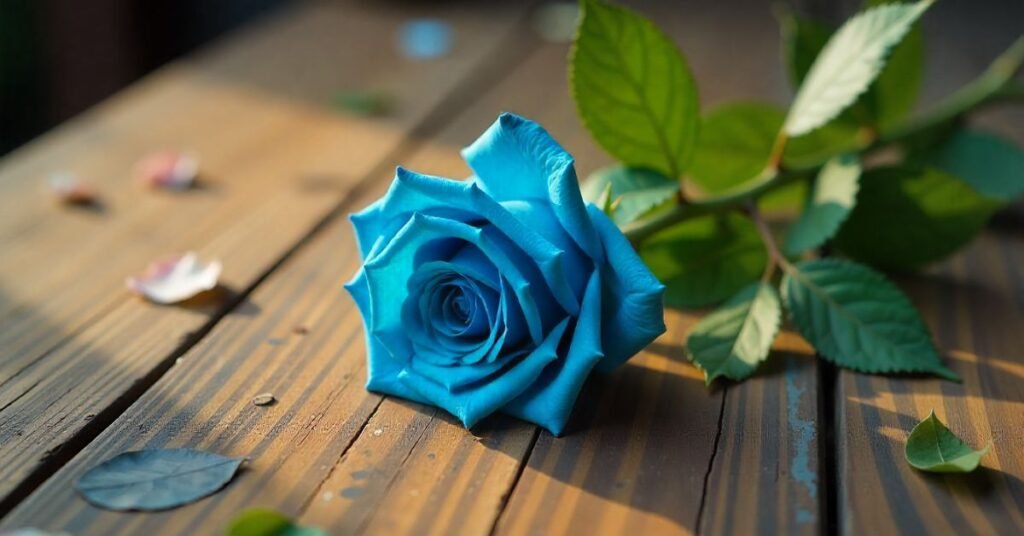
In parties, they create a bold and magical theme. For anniversaries, they stand for mystery and deep emotions. Event planners use them to make moments unforgettable. Their beauty always captures attention and leaves lasting memories.
Conclusion
Blue roses remain one of the most fascinating flowers in the world. They symbolize mystery, rarity, and the pursuit of the impossible. From artificial coloring to genetic engineering, people have found creative ways to bring them closer to reality. Whether used in gardens, events, or symbolism, blue roses continue to inspire wonder. They remind us that beauty often lies in dreams just beyond our reach.
FAQs about Blue Roses
1. Do true blue roses exist naturally?
No, roses cannot naturally produce the blue pigment delphinidin, so true blue roses don’t exist in the wild.
2. How are blue roses made?
They are often created by dyeing white roses or through genetic engineering and hybrid breeding.
3. What do blue roses symbolize?
They symbolize mystery, the unattainable, uniqueness, and extraordinary love.
4. Can I grow blue roses in my garden?
You can grow bluish-toned hybrids like Blue Moon or use dyed roses, but a true blue rose is still not available.
5. Why are blue roses so popular in events?
Their rare color adds elegance, uniqueness, and a sense of wonder to weddings, parties, and special occasions.

